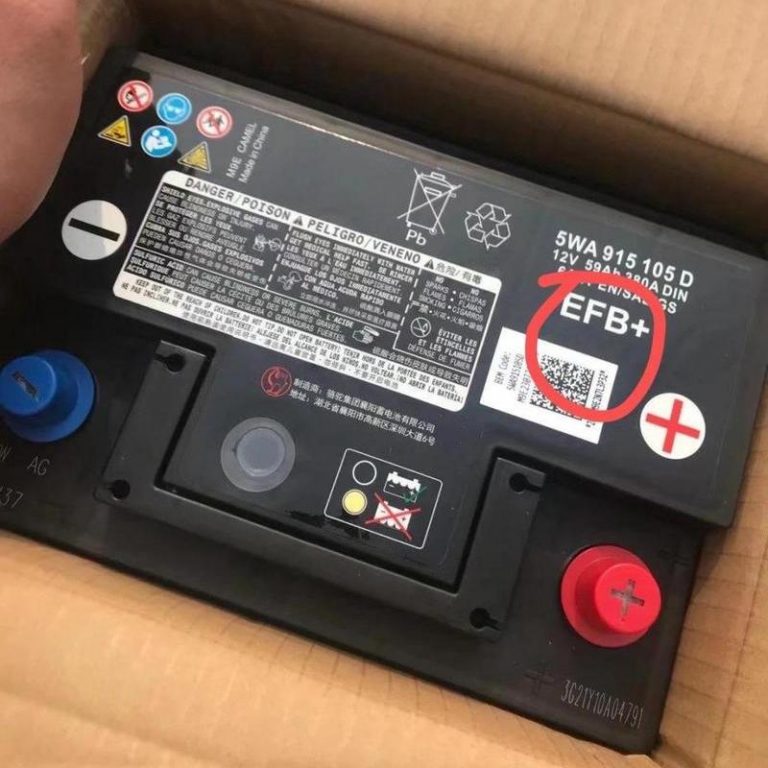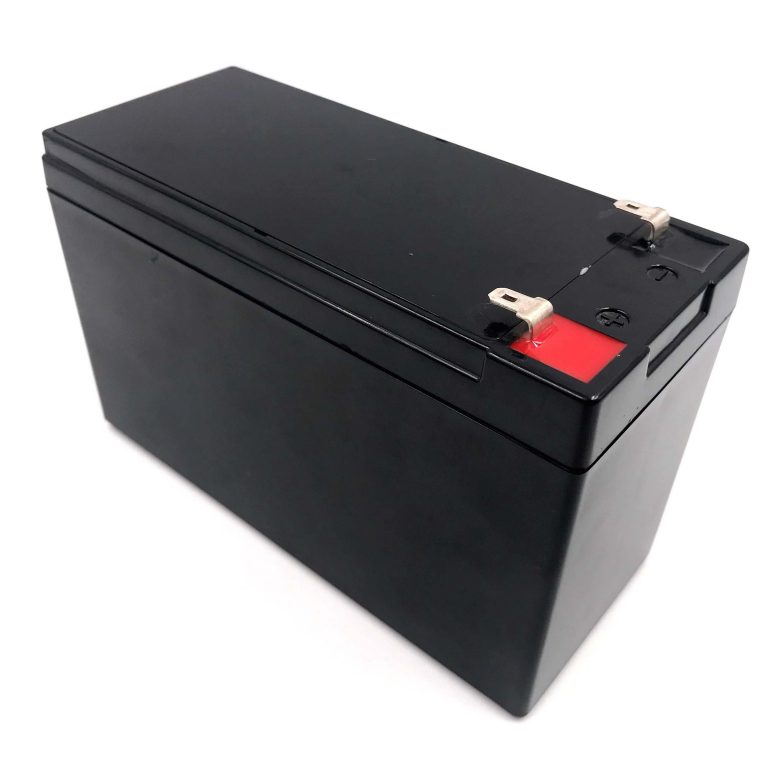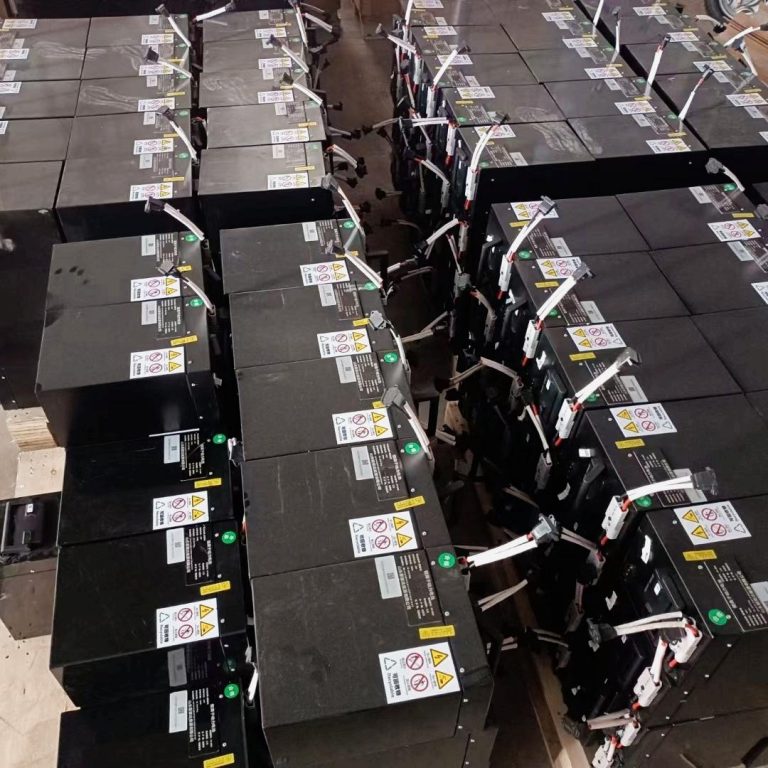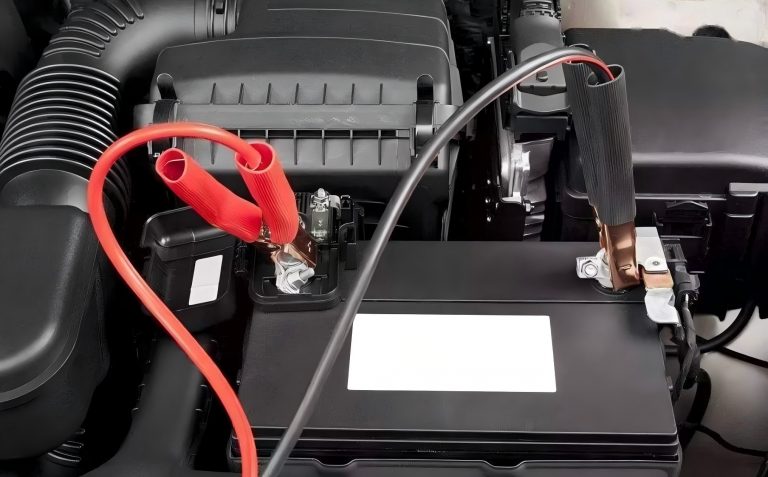Can You Mix AGM and Lead Acid Batteries in Series?
It is not advisable to mix AGM (Absorbent Glass Mat) batteries with traditional flooded lead acid batteries in a series configuration. Although both battery types share similar chemical compositions, their design, performance characteristics, and maintenance requirements differ significantly. Mixing them can lead to imbalanced charging, reduced lifespan, and potential safety hazards.
Definitions and Key Characteristics
1. AGM Batteries: The Sealed, Low-Maintenance Option
Definition & Background:
AGM batteries are a type of valve-regulated lead acid (VRLA) battery that uses glass fiber mats to absorb the electrolyte. This sealed design prevents spills and minimizes the need for regular maintenance.
Key Features:
Low Internal Resistance: Delivers high current bursts and has stable discharge characteristics.
Maintenance-Free: No need for periodic electrolyte refills.
Enhanced Safety: Sealed construction minimizes the risk of leaks and acid spills.
High Cycle Life: Well-suited for deep-cycle applications, though sensitive to precise charging regimes.
2. Traditional Flooded Lead Acid Batteries: The Classic Workhorse
Definition & Background:
Flooded lead acid batteries are the conventional type that uses liquid electrolyte to facilitate chemical reactions. They are widely used in applications such as vehicle starting systems and backup power supplies, but they require regular maintenance to check and replenish the electrolyte.
Key Features:
Cost-Effective: Generally cheaper to manufacture and purchase.
Regular Maintenance: Requires periodic water additions and electrolyte level checks.
Wider Temperature Range: Proven performance in various environmental conditions.
Shorter Cycle Life: More sensitive to deep discharge, which can significantly reduce lifespan.
AGM vs. Flooded Lead Acid: A Direct Comparison
| Parameter | AGM Batteries | Flooded Lead Acid Batteries |
|---|---|---|
| Structure | Sealed, uses glass fiber mats to immobilize electrolyte | Open, liquid electrolyte freely circulates |
| Maintenance | Maintenance-free | Requires regular maintenance (e.g., water refilling) |
| Cycle Life | Longer cycle life with deep cycling | Generally shorter cycle life, especially under deep discharge |
| Internal Resistance | Lower internal resistance, better for high current loads | Higher internal resistance, may result in voltage fluctuations |
| Safety | Sealed and spill-proof, better shock resistance | Risk of electrolyte spills and corrosion |
| Cost | Typically more expensive | More cost-effective |
The Risks of Mixing AGM and Flooded Lead Acid Batteries in Series
Performance Mismatch:
Charging/Discharging Efficiency: AGM batteries demand precise charging profiles. Flooded batteries, on the other hand, may not match the rapid response required by AGM technology.
Voltage Imbalance: Differences in internal resistance and capacity can lead to uneven charging, causing some cells to overcharge while others undercharge. Over time, this imbalance can degrade the battery pack’s overall performance.
Lifespan Discrepancies:
Aging at Different Rates: AGM and flooded batteries age differently. When mixed, the battery with the lower life expectancy will likely fail first, forcing premature replacement of the entire string.
Safety Concerns:
Thermal Runaway and Leakage: The mismatched charging and discharging profiles can result in overheating or, in worst cases, leakage and potential explosion hazards, especially under high-load or extreme environmental conditions.
Scenario-Based Analysis and Recommendations
Backup Power Systems (UPS)
Problem: In a UPS system, consistent and balanced power delivery is crucial during an outage.
Risk: Mixing battery types can cause unstable power output, jeopardizing critical loads.
Solution: Use a uniform battery type—preferably AGM for its maintenance-free operation and superior discharge performance in emergency conditions.
Solar Energy Storage Systems
Problem: Solar energy storage often involves deep-cycle discharging.
Risk: Disparate battery aging and charge acceptance can reduce system efficiency.
Solution: Select batteries with similar cycle life and charging characteristics to ensure uniform performance and easier system management.
Electric Vehicle (EV) Applications
Problem: EVs require precise battery management to ensure safety and longevity.
Risk: Mismatched battery technologies can result in uneven power delivery and potential thermal issues.
Solution: Standardize on one battery type (usually high-performance AGM or advanced lithium-based technologies) to maintain consistent performance and safety standards.
Comprehensive Guidance for Battery System Designers
Standardize Your Battery Type:
Always choose batteries of the same type and manufacturer to maintain uniformity in charging, discharging, and aging characteristics.Implement a Robust Battery Management System (BMS):
A good BMS will monitor individual cell voltages, temperatures, and overall battery health, ensuring balanced charging and reducing the risk of thermal runaway.Regular Maintenance and Monitoring:
While AGM batteries are maintenance-free, flooded lead acid batteries require periodic inspections. In mixed environments (if unavoidable), maintain a rigorous inspection schedule to detect and mitigate issues early.Consult with Experts:
Before designing or upgrading a battery system, consult with battery experts or the manufacturer to select the best configuration for your specific needs.
FAQs
Q: Can you physically connect AGM and flooded batteries in series?
A: Although it is physically possible, it is not recommended because their electrical characteristics differ, leading to potential imbalances and safety hazards.Q: What happens if I mix these batteries in my off-grid solar system?
A: The system may experience uneven charging and discharging, reduced overall efficiency, and premature battery failure, which can jeopardize your energy reliability.Q: Are there any situations where mixing might be acceptable?
A: In very controlled and short-term applications, mixing may be tolerated, but it generally requires sophisticated battery management systems to mitigate risks—a practice best avoided in standard applications.Q: Why do AGM batteries have a longer cycle life compared to flooded batteries?
A: AGM batteries are designed with lower internal resistance and a sealed structure that prevents electrolyte loss, contributing to more stable performance during deep discharge cycles.Q: Can I mix these batteries if I only use them in parallel instead of series?
A: Even in parallel configurations, differences in battery types can cause unequal current sharing. It is best to use identical batteries to ensure even load distribution and longevity.Q: What role does a Battery Management System (BMS) play in this context?
A: A BMS monitors each cell’s voltage, temperature, and state of charge, ensuring balanced charging/discharging, which is crucial when dealing with any battery system—but especially important when considering mismatched batteries.Q: Where can I find more information on battery safety and management?
A: Comprehensive resources are available from Battery University, the International Electrotechnical Commission (IEC), and various technical whitepapers published by battery manufacturers.
Conclusion
Mixing AGM and traditional flooded lead acid batteries in series is generally not advisable due to differences in performance, maintenance, and lifespan. For safe, reliable, and efficient battery systems, it is best to use a uniform battery type supported by a robust battery management system.
References
Battery University. Understanding Battery Types and Maintenance. https://batteryuniversity.com
International Electrotechnical Commission (IEC) – Battery Safety Standards.
Technical whitepapers from leading battery manufacturers.

















